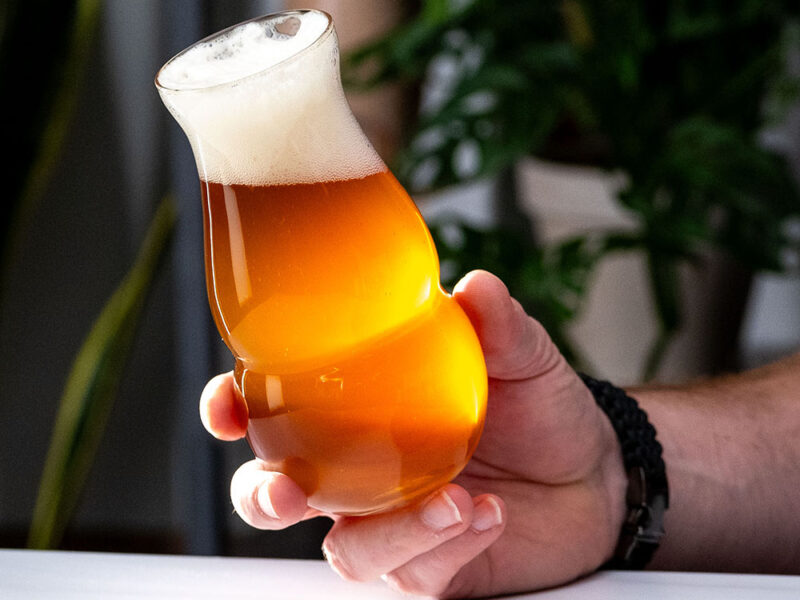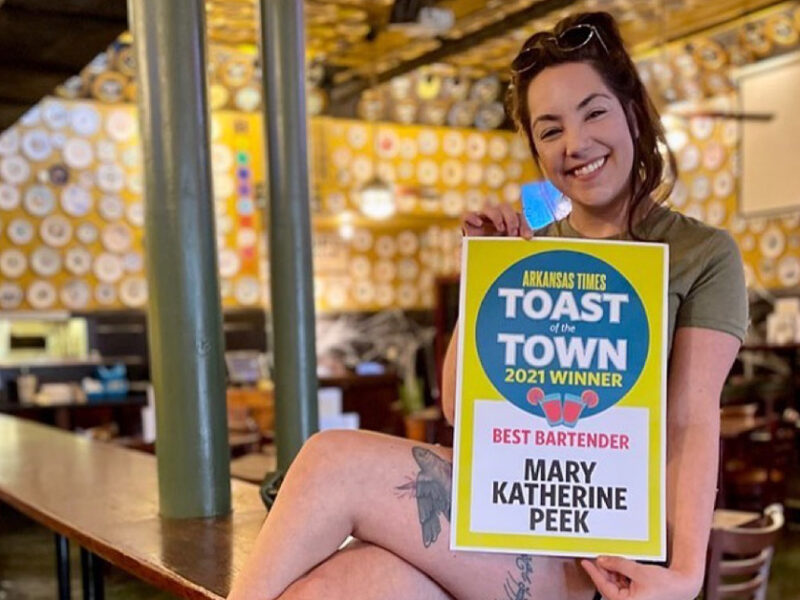Throughout our series, The State of Craft Beer, we’ve discussed the shifting definition, ideas and values of the craft beer industry. In this, the fifth, and final installment, we look ahead and try to forecast the the future of craft beer.
Now that we’ve examined the current state of craft beer, what can we expect from the future? That depends on whom you ask. Of all the brewers and craft beer insiders we spoke to, about half agreed that the biggest threat to craft beer is, well, craft brewers and drinkers.
Litigation, for example. In the past, it was all about the craft beer Davids standing up for themselves against the Goliaths of Big Beer. Today though, we’re noticing a troublesome trend of craft brewers antagonizing one another, particularly when it comes to naming rights.
There was Lagunitas vs. Sierra Nevada. New Belgium vs. Oasis. Sleepy Dog vs. Thirsty Dog. The list goes on. And with a growing number of breweries and only so many ways to make a pun from the word “hop,” we don’t see this trend stopping anytime soon.
But Dogfish Head’s Sam Calagione puts things in perspective. In 2013, he says he spent more money on trademark enforcement than he spent opening the brewery in 1995. Why? Because protecting your brand is important. Somewhere, there must be a middle ground.
Something else to look forward to is an eventual resurgence of traditional and classic styles. As evidenced by the recent revival of ancient styles like gose and eisbock, trends are circular. And while today’s embrace of crazier-than-ever brews proves that there’s a desire to stand out, craft beer will only remain successful if it continues to attract new fans, says Boulevard’s Jeremy Danner.
“If we’re going to get more folks involved in craft beer by trading up from the beer they’re currently drinking, we need to remember to brew styles that are approachable,” he says. “I can’t imagine what my impression of craft beer would’ve been if my first beer had been a crazy barrel-aged sour as opposed to a mild, easy-drinking amber brewed by a buddy of mine at a brewpub in town.”
As we’re already observing, tap lines, shelf space and beer names are increasingly limited—and will continue to be this way. So how does craft beer survive? Jen Kimmich, co-founder of The Alchemist, thinks the most successful new brewers will be those who keep it small.
“There simply isn’t enough shelf space for everyone to succeed on a regional or national level,” she says. By focusing on local markets, pushing the envelope and staying relevant, breweries have a better shot at not getting lost in the crowd.
For those who do expand to regional and national prominence, it becomes a question of integrity. Will bigger craft brewers crowd the smaller guys off the shelves? Will consumers turn their noses up at breweries for being available in too many states? Will we spend so much time arguing over what is and isn’t craft that we forget why we’re all here in the first place?
The most important step the craft beer community can take is to avoid fighting within itself—and remember the original morals of the movement that prioritized passion over profit.
Many perceive us as wanderers, always in search of the next best thing. But if our goal is to earn a lasting place in the market, then we should support all of the brewers—big and small—who are simply doing what they love. Just as consumers originally helped birth the craft beer industry, so will we decide its fate.
We hope you enjoyed our State of Craft Beer series. Take a look back at our previous installments and feel free to submit your own story or views of craft beer.








